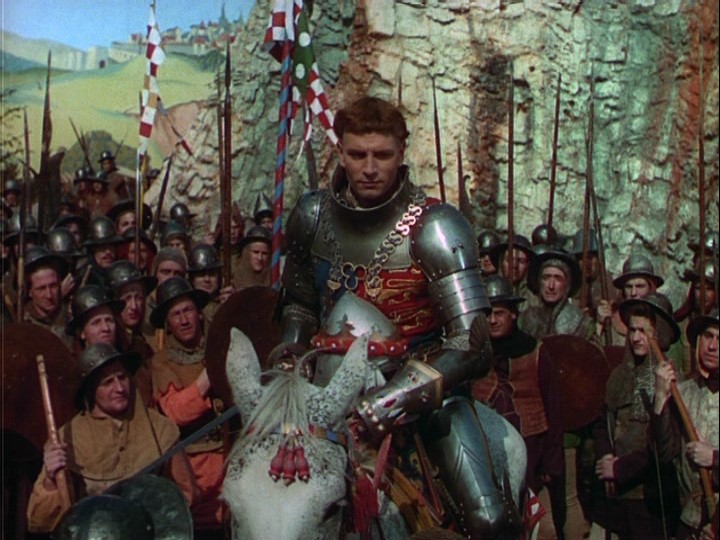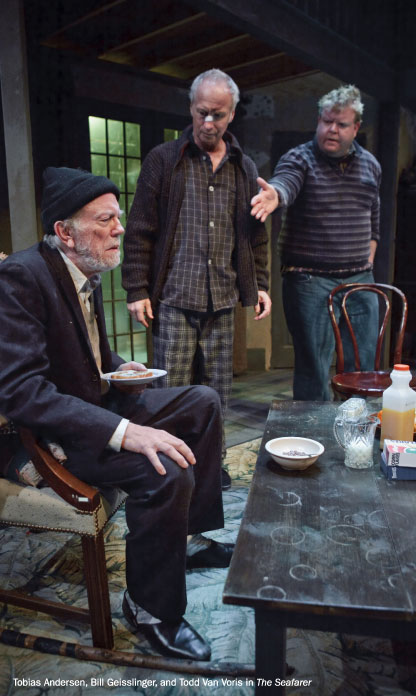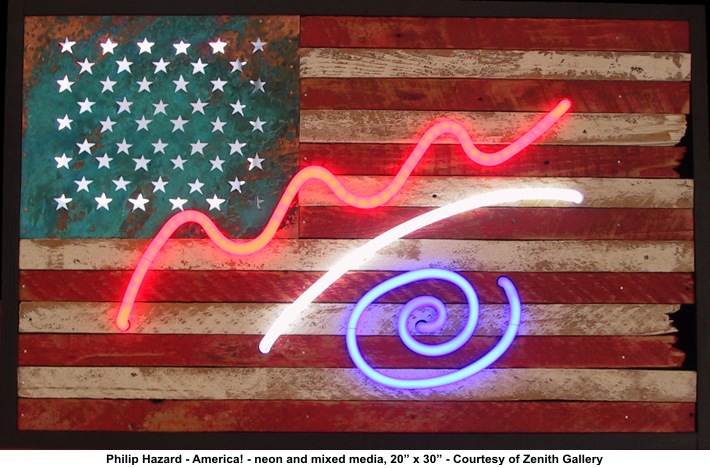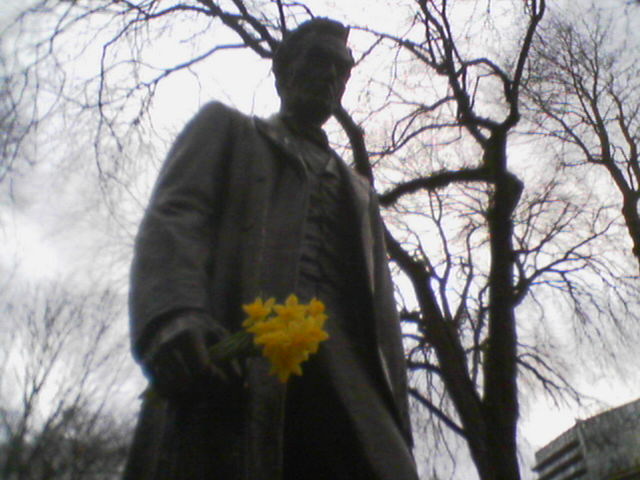 Yes. We’ve noticed the rampant bold face that popped up in our posts on this page all of a sudden. We have some of the finest brains in America working on the problem. Hey, can anyone out there help us out? We’re totally stumped.
Yes. We’ve noticed the rampant bold face that popped up in our posts on this page all of a sudden. We have some of the finest brains in America working on the problem. Hey, can anyone out there help us out? We’re totally stumped.
That gave us pause for awhile, but, baby, we’re back, boldface or no. So back. Brother Bob Hicks is leading the charge for arts funding, now at the State level. The bayonets are fixed and he’s just about through that first roll of barbed wire. Then he gets the machine gun emplacement. But before that a pause to consider Henry V…
We few, we happy few, we band of brothers;
For he to-day that sheds his blood with me
Shall be my brother; be he ne’er so vile,
This day shall gentle his condition:
And gentlemen in England now a-bed
Shall think themselves accursed they were not here,
And hold their manhoods cheap whiles any speaks
That fought with us upon Saint Crispin’s day.
I tried a gender-neutral version (“we band of siblings”), but it had rhythm problems and (s)he is a bit irritating, in that lit-theory kind of way.
And I just posted at weird length on a subject that’s been roiling around my head the past couple of weeks, in between bouts of jazz. Speaking of jazz, I hope you ventured to Portland Arts Watch to read some of the posts. My own favorite dealt with the great Nancy King, whom we should designate an official City Treasure. This might be something that Art Scatter should do: name official Art Scatter City Treasures. Nancy would be a charter member. Have I mentioned that she’s the greatest?
And have I mentioned that we need help with rampant boldface on WordPress? Seriously. I’m blaming Bob until someone tells me different!
 After the dust settles, the tsunami recedes or the cookie crumbles, depending on your metaphor of choice for our present economic condition, who will be left standing? More specifically, what regions of the country can expect to rebound quickly and which ones are headed for even deeper trouble?
After the dust settles, the tsunami recedes or the cookie crumbles, depending on your metaphor of choice for our present economic condition, who will be left standing? More specifically, what regions of the country can expect to rebound quickly and which ones are headed for even deeper trouble? 
 Things are looking bad, folks. Most egregious is the Legislature’s attempt to liberate $1.8 million from the permanent fund of the
Things are looking bad, folks. Most egregious is the Legislature’s attempt to liberate $1.8 million from the permanent fund of the 


 Surrealism and Ernst are the Collection’s core. The de Menils met Max Ernst (1891-1976) in Europe before World War II and became unalterably infected with his Surrealist vision. The show included a new film about the installation of a 1973 Ernst exhibit at nearby Rice University, supervised by Dominique de Menil. The film, “Max Ernst Hanging,†was produced by Francois de Menil and John de Menil, son and grandson of the de Menils, and features vintage black and white footage of Dominique de Menil organizing the show, as well as incredible coverage of Ernst, then in his early eighties, walking through the space while the exhibit is being hung, looking at pieces he hadn’t seen in years, and then mingling with Houston’s art patrons during the opening. Many of the pieces in the 1973 exhibit were on view in the current show. (
Surrealism and Ernst are the Collection’s core. The de Menils met Max Ernst (1891-1976) in Europe before World War II and became unalterably infected with his Surrealist vision. The show included a new film about the installation of a 1973 Ernst exhibit at nearby Rice University, supervised by Dominique de Menil. The film, “Max Ernst Hanging,†was produced by Francois de Menil and John de Menil, son and grandson of the de Menils, and features vintage black and white footage of Dominique de Menil organizing the show, as well as incredible coverage of Ernst, then in his early eighties, walking through the space while the exhibit is being hung, looking at pieces he hadn’t seen in years, and then mingling with Houston’s art patrons during the opening. Many of the pieces in the 1973 exhibit were on view in the current show. ( This phalanx of Art Scatter has been totally missing for a while. Quite a while. Which means we’ve been posting our fool heads off at
This phalanx of Art Scatter has been totally missing for a while. Quite a while. Which means we’ve been posting our fool heads off at 
